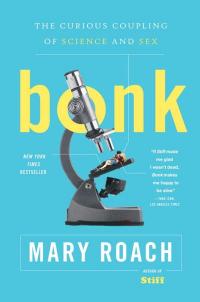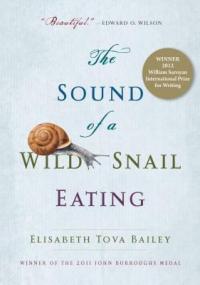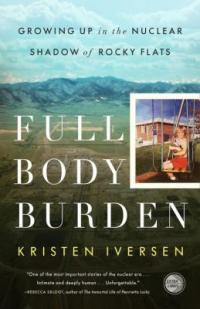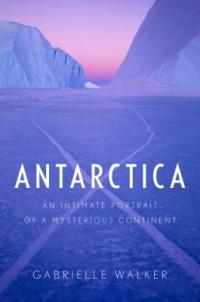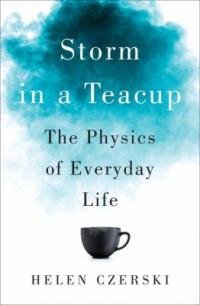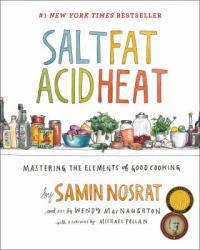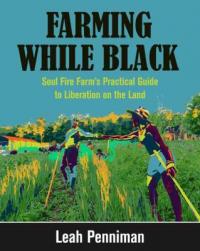When I was a kid, I loved reading mysteries. From Nancy Drew to Patricia Cornwell’s Kay Scarpetta, I particularly loved reading about women who were curious, tenacious and valued truth and justice.
As an adult, I still like reading fictional mysteries, but I also enjoy the real-life mysteries that are investigated and brought to life in science writing. Some of the folks, both curious laypeople and professional scientists, in the staff-curated Pop Science Core Collection’s titles demonstrate those same things I liked about my favorite detectives--they follow the threads of their curiosity wherever they might lead, discovering new insights and wonders along the way.
In Bonk: The Curious Coupling of Science and Sex, Mary Roach turns her curiosity and humorous writing style to the study of sexual physiology. What is happening in bodies during sex, and why? She asks the questions you may not have thought to, looks for answers in places few people go to and shows that humans have been asking questions about sex for centuries.
On a more contemplative but no less fascinating note is Elisabeth Tova Bailey’s The Sound of a Wild Snail Eating. Stricken with a mysterious illness that left her unable to do much, the author was gifted a plant and a wild snail to brighten her bedside. Her close observations of the snail and its behavior led to more questions about all things snail and musings on human connection with the natural world.
Also included in DPL’s True Crime Core Collection, Kristen Iversen’s Full Body Burden: Growing Up in the Nuclear Shadow of Rocky Flats not only hits literally close to home, but, through Iverson’s dogged journalism and memoirs, explores the dangers of secrets, the health consequences of growing up near a nuclear power plant that no one acknowledged and the personal and environmental consequences of government cover-ups.
Like many people, I am endlessly fascinated with the continent of Antarctica. While I’ve read many titles about and set in this cold place, Antarctica: An Intimate Portrait of a Mysterious Continent is one of the best. Combining history, the wide range of scientific experiments conducted there and the fascinating people who are committed to living there, doing science and supporting those who do, Gabrielle Walker’s is the book for you if you can’t get enough cold and dark and lonely with a side of “why not?” curiosity.
Science doesn’t only manifest itself in inaccessible places, though. Several titles on our list demonstrate that scientific phenomena are around us all the time. Storm in a Teacup: The Physics of Everyday Life by Helen Czerski looks at how things we see and do every day--like popping popcorn, magnets and stains--connect to big physics concepts like how gases behave and gravity. While not a professional scientist like Czerski, Samin Nosrat is no less curious about the science behind food in Salt, Fat, Acid, Heat: The Four Elements of Good Cooking. She dives into choosing ingredients, chemical reactions, taste and more, all in the name of making you a better cook. Recipes and kitchen experiments allow you to dig and and see the principles in action, and the wonderful illustrations by Wendy MacNaugton are a visual bonus.
While women are often erased from the history of and current conversations about science, Black women are even more overlooked. In Farming While Black: Soul Fire Farm’s Practical Guide to Liberation on the Land, Leah Penniman seeks to demonstrate and reclaim the rich history of African heritage growers--the technologies and techniques they pioneered, as well as work that is continuing today as Black and Latinx farmers and gardeners rediscover their connections to the land and work within sustainable agriculture and food justice movements.
Curiosity is one quality that we never have to lose as we age--we just have to keep asking questions and exploring answers. We hope that the Pop Science Core Collection titles will help keep your fire of curiosity alive!
